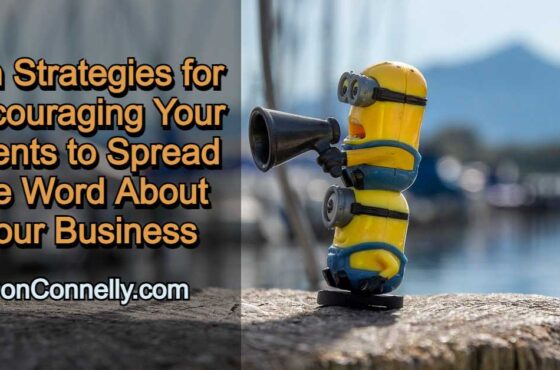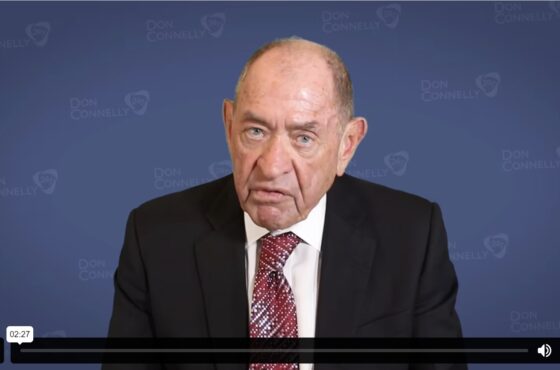How to Tell When a Prospect Is Ready to Become a Client
 In their interactions with prospects, financial advisors reach a critical juncture when they must determine when or if a prospect is ready to become a client. If they make the wrong determination, it will likely result in a missed opportunity. Trying to close prospects before they are ready can push them away, while waiting too long can cause them to lose interest.
In their interactions with prospects, financial advisors reach a critical juncture when they must determine when or if a prospect is ready to become a client. If they make the wrong determination, it will likely result in a missed opportunity. Trying to close prospects before they are ready can push them away, while waiting too long can cause them to lose interest.
Wouldn’t it be nice if, when they are ready to buy, prospects would just pipe up and say, “I’d like to get started?” Unfortunately, it rarely happens that way. Your prospects are just as apprehensive about making a buying decision as you are asking them to buy. Most people need to be held by the hand and reassured that they’re making the right decision. Some may need a stronger nudge. But in almost every instance, financial advisors must know when the time is right and take the appropriate action.
If you bring a prospect far enough along in the process, it means you’ve probably done a lot of things right—built rapport, discovered their pain, explained your process and how you bring value, etc. Then it becomes a dance. Like that girl or boy you’ve been staring at across the dance floor, they will provide clues or buying signals when they’re ready to be asked. Here are a few such signals or clues.
#1. Body language
Your first buying signals are likely to be revealed by your prospect’s body language. We all know what crossed arms and lack of eye contact means—you’ve got more work to do. But when they start leaning forward attentively, nodding their head up and down, they are telling you, “I like what I see.”
Being attuned to your prospects’ body language requires steady eye contact, careful listening, and an awareness of how they are physically reacting. When you spot these signals, maintain eye contact and start moving toward the close.
#2. Loaded with questions
When a prospect starts asking more questions than you, it’s a strong signal they’re ready to move forward. You have to determine whether the questions are seeking more information or being posed as objections. If you can provide favorable answers that result in the prospect nodding or leaning forward, they are likely ready to buy. You really know when a prospect is ready when they ask questions as if they were already a client, such as, “Will we be meeting quarterly for reviews?”
By the way, when a prospect asks how much your services cost, it’s not an objection—it’s a buying signal and opportunity to talk about the value you bring to the relationship.
#3. Restating benefits
When a prospect starts playing back to you the benefits you presented, they’re letting you know that they are important to them. They’re looking to you for confirmation or validation. Remind them what the benefit means to them and how they can achieve it, and then ask for the business.
#4. Pre-meeting preparation
In your pre-meeting call or letter to your prospects, you ask them to come prepared to discuss their goals, concerns, and current circumstances. When a prospect shows up with a briefcase full of files, tax returns, investment accounts, and a financial plan, they are likely presold on becoming your client. Doing the preparation you requested signals they are serious, while those who show up unprepared are delivering the opposite message. Requesting that your prospects do some homework and come prepared to discuss their issues will give you a vital clue about how they’re leaning when they come in.
#5. Trial close
When you present a plan and tie it to your prospect’s objectives (focusing on the benefits and why they’re important to them), you can take their temperature with a series of trial closes. As you explain a benefit, pause and ask, “Does this make sense to you”? Explain another benefit and ask, “Are you comfortable with this?” As long as you’re getting a “yes” response, continue with another trial close. Then, use a closed-end, yes or no, question to ask for their business. A series of “yes” answers are not likely to be followed by a “no.”
As with most aspects of your business, knowing when a prospect is ready to buy is an art and a science.
If you’ve done your job right, your prospects will start emitting clues about where they stand. Your job at that point is to watch and listen and then respond accordingly.
Watch this 3-minute video to learn how our workshop ‘Become the Obvious Choice’ will help you develop the skills that will get your selected over the competition every time.
See workshop details and enroll today!
Open a couple of times a year for individual Advisors or on-demand, online or onsite, for entire teams. Call 941.346.1166 for details or fill in the form on the event page to get in touch and discuss next steps.



